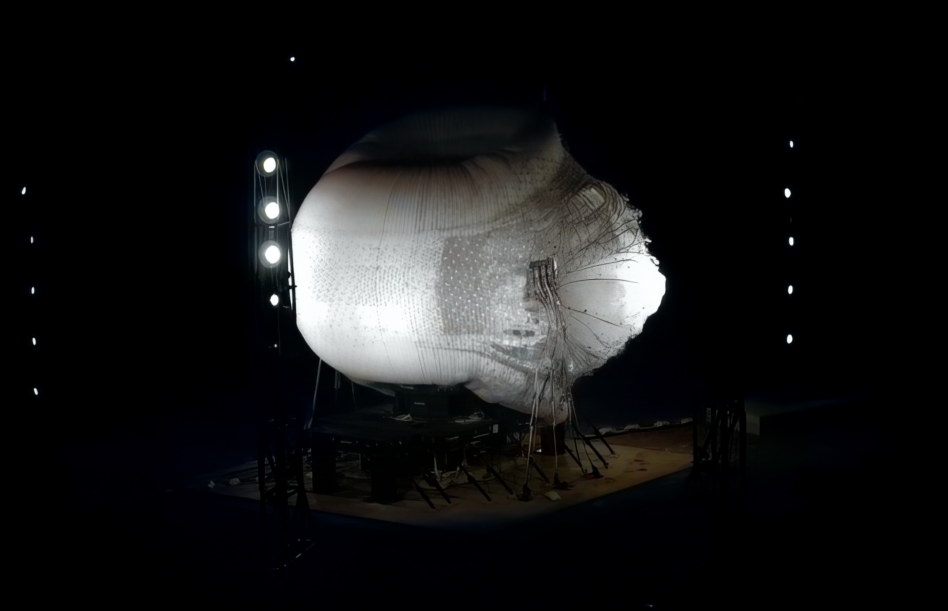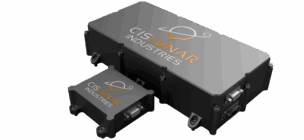Sierra Space just blew up its most advanced space station technology to date. The explosion was an overwhelming success.
The CO-based space tech company, which is aiming to build the first inflatable commercial space station, performed its second full-scale ultimate burst pressure (UBP) test last week to assess the maximum pressure its inflatable space station could withstand before failing, the company announced Thursday.
Out with a bang: The company’s 300 m3 space station withstood 74 psi before exploding. This achievement was well over NASA’s recommended level of 60.8 psi, the expected maximum operating pressure of 15.2 psi multiplied by four for added safety.
This second full-scale UBP test saw a slight dip in the maximum pressure the station could withstand; the first test in January hit 77 psi before going boom. That’s partly because of two blanking plates on the structure designed to hold a window or other tech (robotic arms, solar arrays, antennas, radiators, docking ports, etc.) that were made lighter to reduce the overall weight of the space station.
“We now know it’s possible to equal or surpass the total habitable volume of the entire International Space Station in a single launch,” Shawn Buckley, Sierra Space’s VP of EarthspaceTM Systems – Space Stations, said in a statement.
What’s next: Sierra Space plans to up the ante. It will test a 500 m3 version of its space station next year, fitted with no fewer than eight blanking plates, Buckley told Payload.
Behind the scenes, the company is also running less-explosive tests on the complementary technology to make its space station habitable for astronauts, including everything from life support and power systems to solar arrays and radiators.
Longer term: Sierra Space’s eventual goal is to have the first commercial space station in orbit before the end of the decade. The company is working with Blue Origin to build Orbital Reef and help maintain a US presence in LEO after the ISS deorbits in 2030. The company was also awarded a Space Act Agreement by NASA to support a “pathfinder” mission to demo its tech in orbit.




